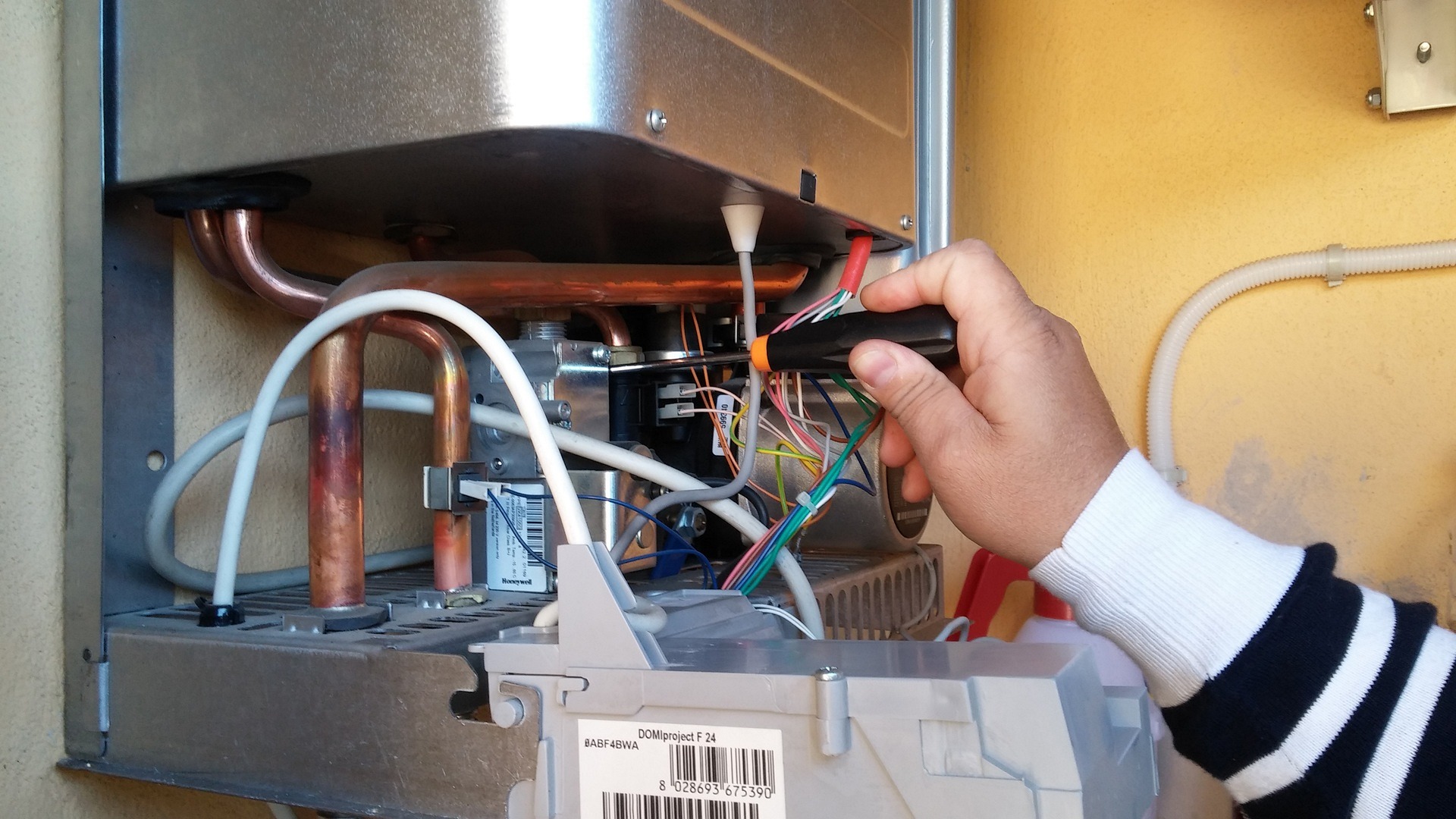Water Filtration Systems for Home: How They Protect Pipes and Plumbing
Clean water is fundamental to a healthy home, and water filtration systems are a common way households reduce contaminants, taste and odor issues, and scale that can affect plumbing and appliances. This article explains how different systems work, what a water conditioner does, and practical considerations for installing and maintaining filtration equipment in your home.
This article is for informational purposes only and should not be considered medical advice. Please consult a qualified healthcare professional for personalized guidance and treatment.
What is a water conditioner?
A water conditioner is a device that alters the character of household water without necessarily removing dissolved minerals. Unlike some filtration systems that use physical or chemical means to extract contaminants, conditioners often use salt-based or salt-free processes to reduce the effects of hard water—primarily scale buildup on fixtures and inside pipes. In-home use can preserve appliance efficiency and reduce spotting on glassware. When selecting a conditioner, consider the local water profile (hardness, iron, manganese) and how the technology interacts with existing water treatment systems.
How does water treatment improve water quality?
Water treatment encompasses a range of technologies designed to remove or reduce contaminants, including sediment, chlorine, organic compounds, and microbes. Common home solutions include activated carbon filters, reverse osmosis units, UV sterilizers, and whole-house filtration systems. Each method targets different issues: carbon is effective for taste and chlorine, RO removes dissolved salts and heavy metals, and UV addresses microbial concerns. Combining technologies is common — for example, a whole-house filter for sediment and a point-of-use RO system for drinking water — depending on the contaminants identified by water testing.
How do systems interact with pipes and plumbing?
Filtration and conditioning systems connect to a home’s plumbing network and can influence pipe lifespan and performance. Hard water left untreated contributes to calcification inside pipes, which narrows flow and increases pressure on fixtures. Some conditioners reduce scale formation, helping maintain smoother internal pipe surfaces, while filters that remove sediment protect valves and appliances from abrasive particles. Installation location matters: whole-house systems are usually installed where the main water line enters the property to protect all downstream plumbing, whereas point-of-use units are mounted near taps or under sinks. Proper installation and periodic maintenance are essential to prevent leaks and ensure system compatibility with existing plumbing materials.
How to choose a system for your home?
Start with a water test to identify minerals, pH, chlorine, microbial presence, and other common contaminants. Match the system type to your primary concerns: a water conditioner for hardness, carbon filtration for taste and chemical reduction, RO for dissolved solids, and UV for bacteria and viruses. Consider flow rate needs to ensure sufficient water pressure across outlets, and check compatibility with pipe materials to avoid corrosion. Also evaluate maintenance requirements (filter changes, salt refills, membrane replacements) and look for certifications from recognized testing organizations that verify performance claims. Local services or contractors in your area can provide professional assessments and installation tailored to your plumbing layout.
Maintenance and common issues with water filtration
Routine maintenance keeps filtration systems functioning and protects plumbing. Replace cartridges and membranes within manufacturer-recommended intervals, sanitize tanks or housings as directed, and monitor for pressure drops that suggest clogged filters or fouling. Salt-based conditioners require periodic salt replenishment and occasional cleaning of brine tanks. Common issues include reduced flow due to clogged filters, leaks from fittings, and incorrect bypass settings that leave portions of plumbing untreated. Keeping maintenance logs, using compatible replacement parts, and scheduling annual inspections with a qualified technician can reduce the risk of system-related plumbing problems.
Conclusion
Water filtration and conditioning are practical approaches to managing water quality in the home; selecting the right combination depends on the specific contaminants present, household water usage, and plumbing configuration. A clear assessment — beginning with a water test and considering flow, maintenance, and installation needs — will guide whether a whole-house filter, point-of-use system, or a water conditioner is most appropriate. Well-maintained systems can support appliance longevity, protect plumbing, and improve taste and safety of tap water. Review product specifications and consult local services or certified professionals in your area when planning changes to household water treatment to ensure compatibility with your plumbing and water quality goals.







